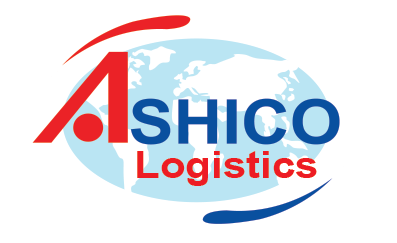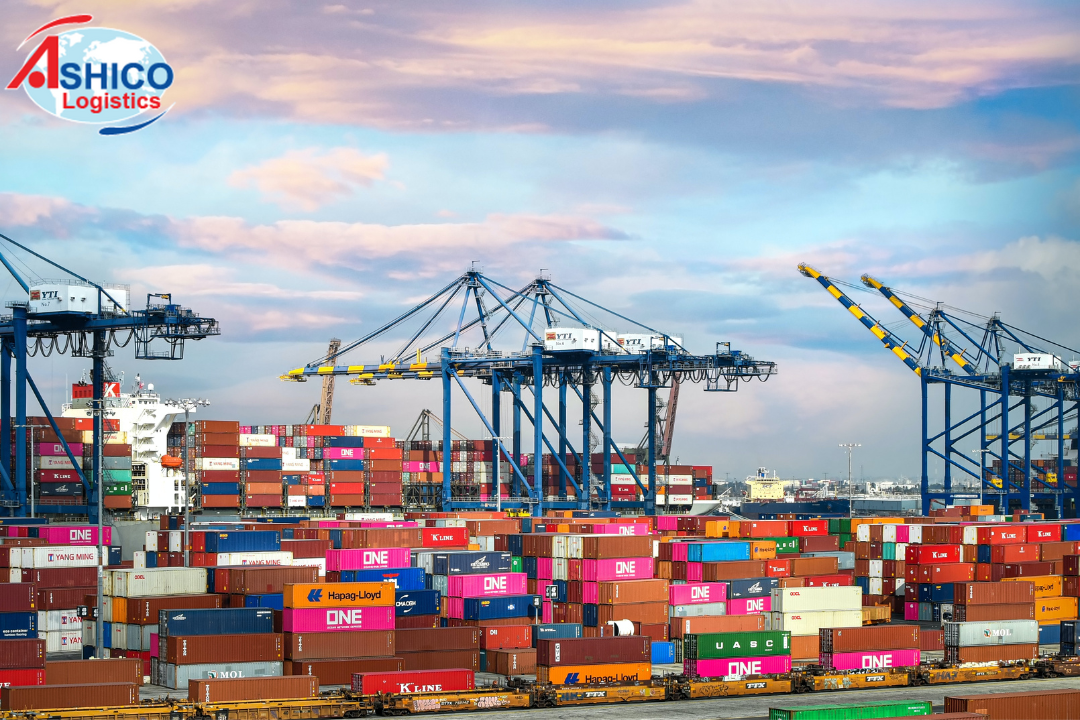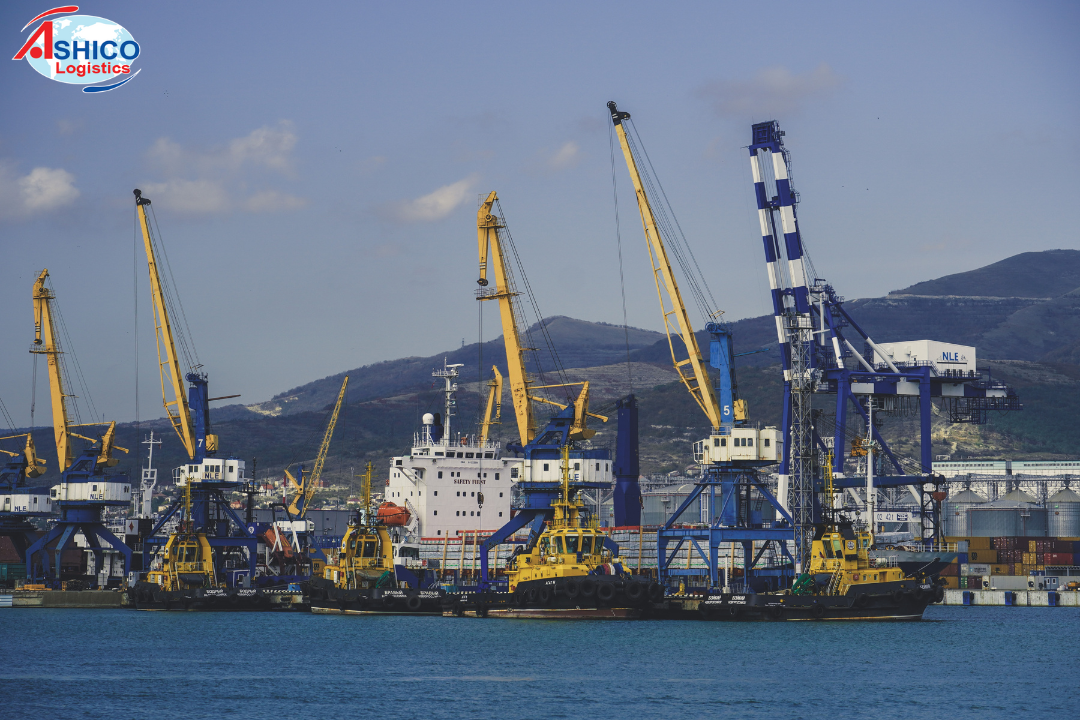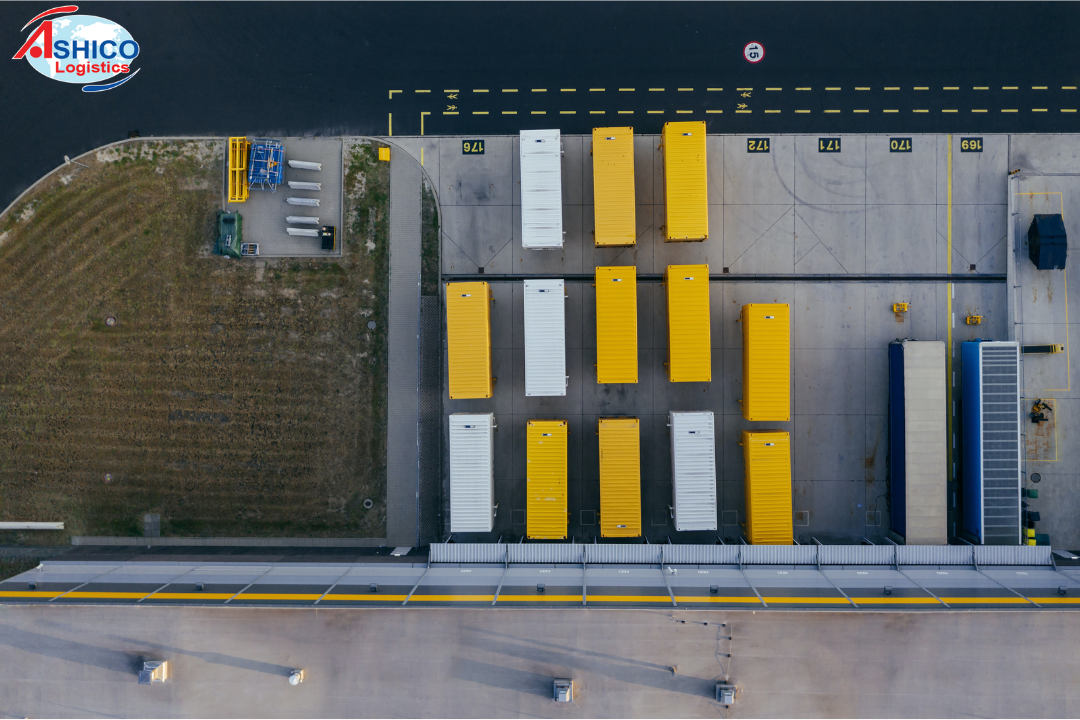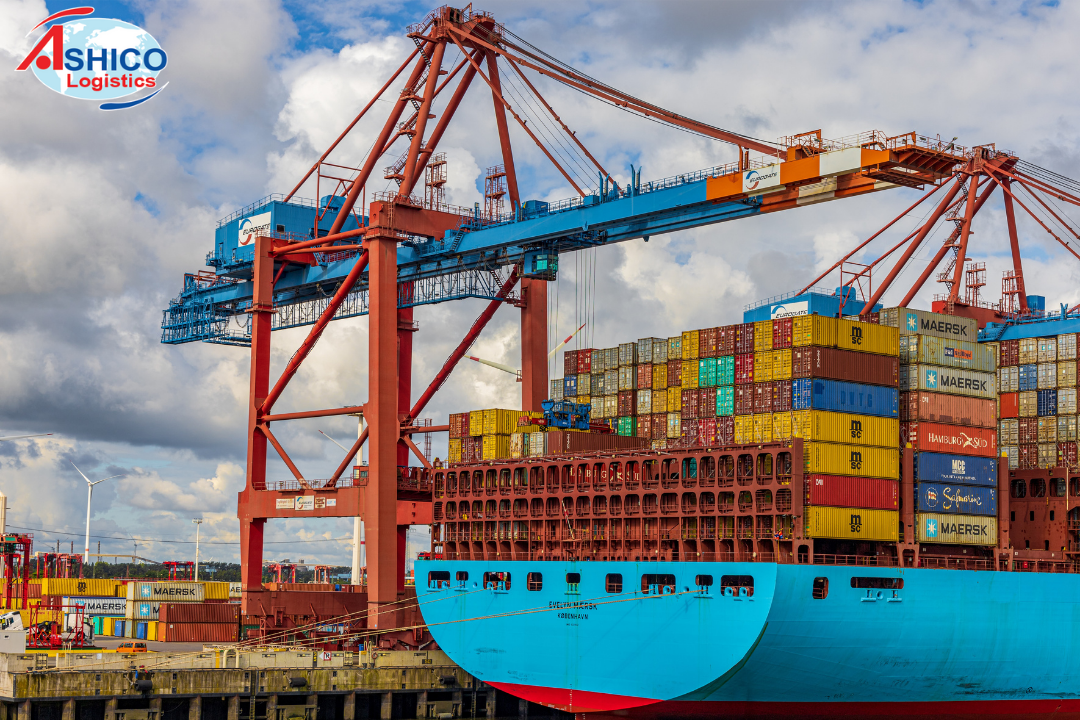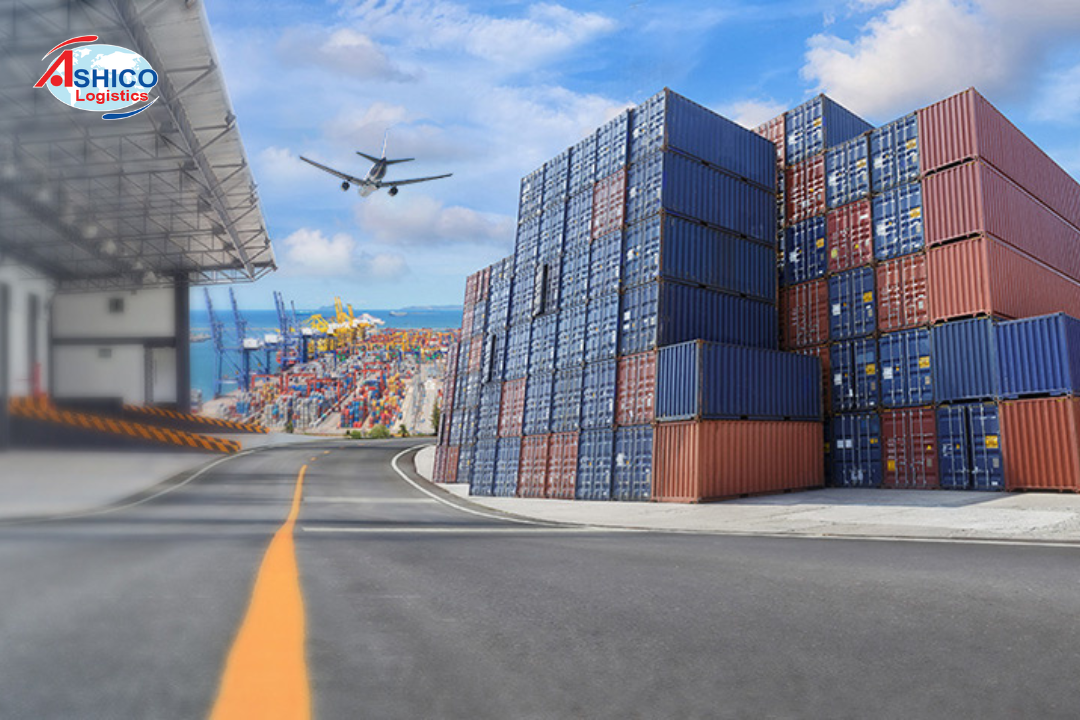
Logistics industry grows again after 5 consecutive months of decline
After five consecutive months of decline, the logistics industry grew again in September, reaching 61.4 points, according to Logictics Manger's Index (LMI).
Logistics indexes recorded growth for the first time in September, after a continuous decline since April. Accordingly, the LMI in September reached 61.4 points, up 1.7 points compared to August but low. nearly 15 points higher than the record in March.
According to experts, this is a moderate growth, slower than the record level extended from the end of 2020 to April 2022, driven by the demand for logistics during the pandemic.

The logistics industry grew in September after 5 consecutive months of decline.
In September, industry growth was driven by inventory levels and storage costs. Inventory level increased by more than 4 points in the month, reaching 71.9 points. This is explained by the change in consumer demand and the constantly escalating inflation momentum. Inventory situation and lack of warehouse space are driving up costs, so LMI's inventory cost index remained at a high of 77.2 in September.
According to expert Zac Rogers, Colorado State University, inventory is everywhere and overflowing in the warehouse network means high inventory costs. This situation is increasing the price of using warehousing.
Statistics in September, warehouse prices increased slightly to 75.4 points, at the same time, warehouse efficiency reached 76.8, an increase of more than 11 points compared to August. Rogers said this number reflects the desire of companies. company in anticipating demand, especially during peak shipping season.
On the other hand, shipping prices are at a low level, continuing the downward trend since March, touching the lowest level in the past two years. Previously, according to the Freightos Baltic index, the cost of transporting a 40-foot container from China to the West Coast of the United States decreased by 62%, to about $ 5,400. At the same time, the price of shipping a shipping container to Europe from Asia costs about $9,000, 42% lower than at the beginning of the year.
However, overall, experts from LMI still expect the industry's growth rate to maintain a moderate growth rate.
The LMI index is evaluated based on research that collects answers from more than 100 experts about movements and trends of the logistics industry through 8 main indicators including: inventory level, inventory cost, ability storage capacity, warehouse utilization efficiency, transportation capacity, transportation efficiency and transportation costs.
These indicators are aggregated and expressed through the general index LMI. Accordingly, if LMI is above 50 points, it will show that the logistics industry is developing and vice versa.
Phi Hung (Source : Supplychain)
